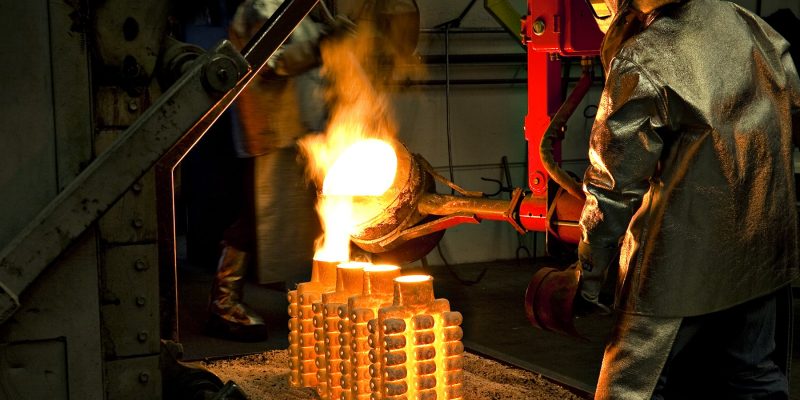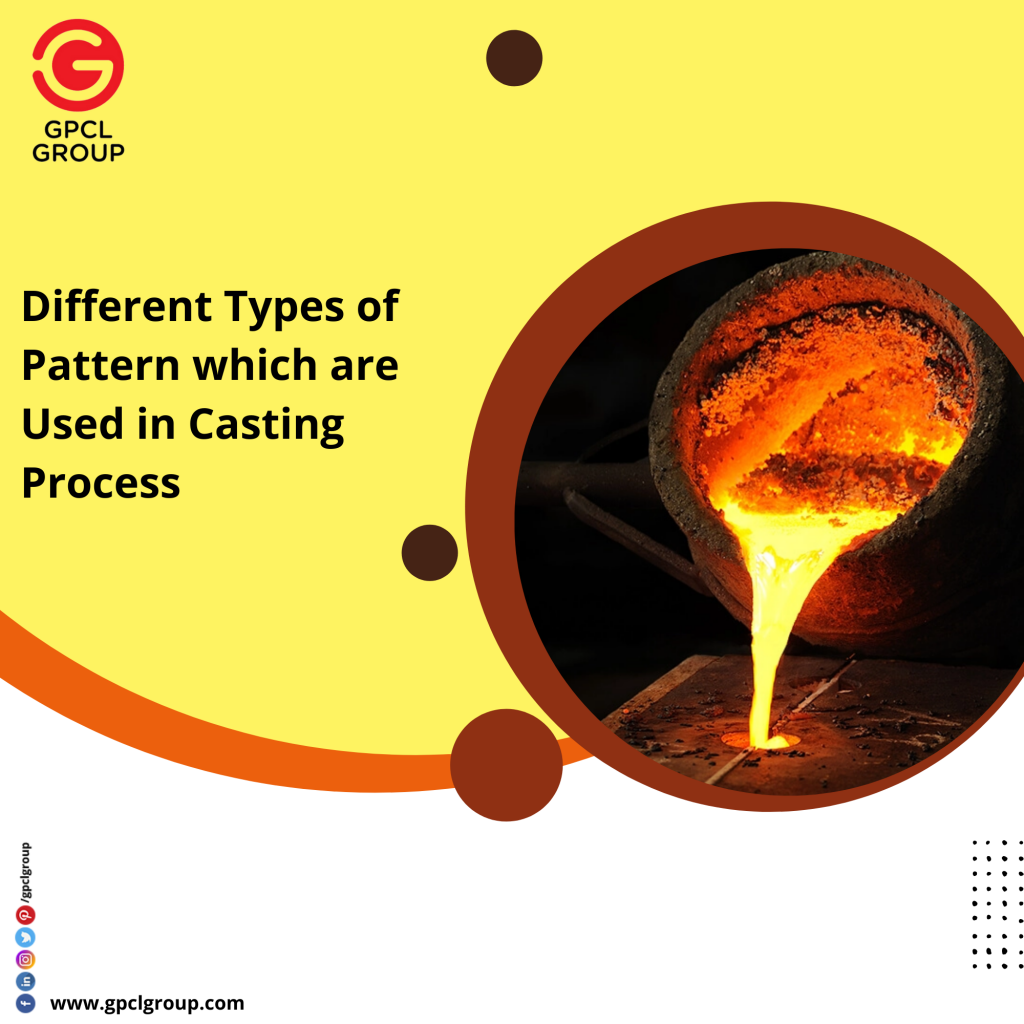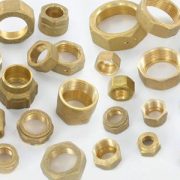In any casting industry, patterns are a must. Patterns are prototypes of objects that require casting. In other words, we can say they are molds in which liquid metals and alloys are poured to create the desired object.
There are various types of patterns available for casting, and sand casting is one of them. Sand molds are made in which the hot and liquid casting materials are poured, and the final object is obtained, breaking the mold after the liquid solidifies and cools down.
It is time to discuss different types of patterns used during the casting process. While manufacturers use a metal pattern for mass production, these prototypes or molds are mostly made from wax, aluminum, wood, sand, and even clay.
It is critical to make a perfect pattern as the final object after casting is highly dependent on the design. However, before we proceed further to discuss various types of patterns, it is crucial to know the integral factors of making them.
The Requirements of a Good Pattern
As the pattern is not always for multiple uses except for mass production, one should make them from low-cost material with ease for casting. The pattern should be lightweight but durable to withstand the heat, ramming forces at times and easy to carry. It should not deform and be easy to remove from the mold and, at times, can be repaired if needed. Various patterns are necessary for steel casting, valve casting, and sand casting, and let us now discuss them.
The Types of Patterns
After casting, the final objects are highly dependent on the pattern, and any wrong can mar the entire exercise. Therefore, the shape, size, the cavity should be perfect for getting the final cast and be very precise if one is casting critical objects like valves.
· Split patterns – As the name suggests, this pattern is made by assembling multiple pieces. Some are placed into drag while others are placed in drag. More complex castings need this type of pattern where it is impossible to remove a single mould. Cheeks are also used if this pattern includes the above three parts.
· Cope and drag type – If you are casting a large valve particularly required in water projects, chemical units, and oil and gas projects, then use the cope and drag pattern as a casting manufacturer. They are split into two to simplify the entire casting operation. The casting of stuffing boxes and oversized valves are most suited in these patterns.
· Single-piece – If you are doing simple steel casting, it is best to use the single-piece pattern. This pattern is placed in the cope or the drag, and the molten metal or alloy is poured through the hollow cavity. It is simple to use this type of pattern and many manufacturers not dealing with complex castings use them for ease of operation.
· Gated type – While wanting to have small cavities in the mould and going for mass production, gated patterns are ideal. Multiple loose pieces are attached using the gating system of the design. They are perfect for making small cavities in a single mould.
· Match plate type – When the drag and the cope section are mounted on the opposite sides of the match plate for casting, they are called a match plate pattern. It is also a part of a split pattern to cast any shape and increase the production volume. Gates or runners are also mounted on the plate to make the mold-making process easy.
· Sweep design – If you are doing a big symmetrical casting that needs to be rotated, then this type of casting is perfect for the job. The section rotates on the sand along the edges to form a symmetrical mould. Big patterns are made effortlessly using this technique to cast large objects.
· Loose pattern – If it is impossible to remove the upper or the lower half of the pattern as the surface is extended, casting manufacturers shall go for the loose piece prototype to draw the pattern without disturbing the cavity through which the molten liquid is poured.
Overview
There are many types of patterns specific to specific castings. As a valve casting manufacturer, one should select the perfect design according to size, shape, and ease of operation. Any mistake in the pattern design can produce a faulty product; therefore, one should take utmost care while selecting and making the pattern.



















Comments